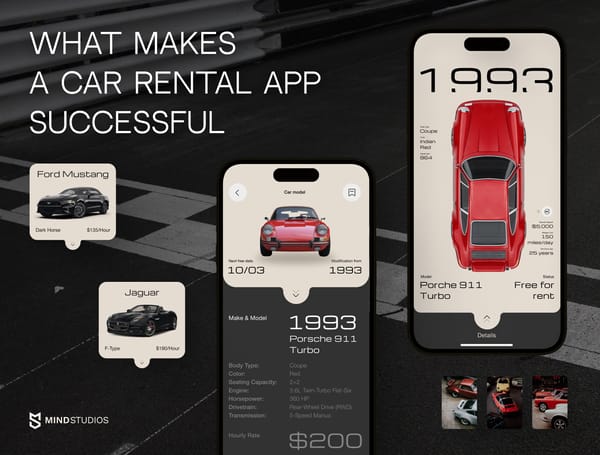Telemedicine is the future of healthcare: it brings faster and usually cheaper healthcare to patients while at the same time lessening the load on hospitals, automating document flow, and preventing the spread of contagious diseases. That’s why telemedicine app development is all the rage these days — it has been a trend before the COVID-19 outbreak and it continues to be one still.
According to Global Market Insights, in 2019, the telemedicine market was worth $49.9 billion and it was expected to grow almost 20% by 2026. However, the coronavirus outbreak has increased that number greatly and by the time we’re writing this, the market size for telemedicine is expected to reach $194.1 billion by 2023.
In this article, we explain all you need to know about developing a telemedicine app and starting a telehealth business.
We’ll go over the main parts of the development process, touch on the newest solutions in the industry, and offer you a rough cost estimate for creating a telemedicine app from scratch. Keep reading for industry insights or jump to the corresponding section to see the estimate for building a telemedicine platform.
The role of telemedicine applications in healthcare
Healthcare is one of the key industries for the mobile app market as people are interested in taking care of their health with more comfort and efficiency than visiting a physician in person.
Telemedicine has been one of the healthcare technology trends in the latest years: over 75% of hospitals in the US were providing telehealth services of some kind by 2018, according to the American Hospital Association.
Custom telemedicine platform development is profitable today and will continue to be profitable tomorrow since many people are interested in accessible healthcare. Consultation apps include doctor and patient profiles, chat functionality, and the possibility to hold both audio and video calls. And integrating a payment gateway allows patients to pay for a doctor’s services without leaving the app.
How do telemedicine applications work?
The answer to this question is a tricky one as telehealth solutions vary quite a bit. We’ll cover the main types of telemedicine apps in the next section but ultimately, telemedicine refers to using communication tools for remote healthcare delivery.
Originally, telemedicine technology was used by those for whom access to a traditional hospital was a challenge — mostly people living in unstable districts and far-flung regions. But what was first used in cases of necessity has become a convenience, allowing telehealth to grow as an industry.
In most cases, telemedicine requires a device with a camera and a microphone, since telehealth is, at its core, a way of connecting doctors with patients. It can be live communication or simply exchanging photo, video, and voice messages alongside text communication.
Depending on whether you’re building your app for live calls (video or audio) or for non-urgent exchange of information, prescription writing, or other goals, you’ll need to build different features into your app.
There is one thing to keep in mind before and during any kind of telemedicine app development and it is data protection: health data is protected by law in most countries around the world.
Now let us cover everything in more detail.
Types of telemedicine in healthcare
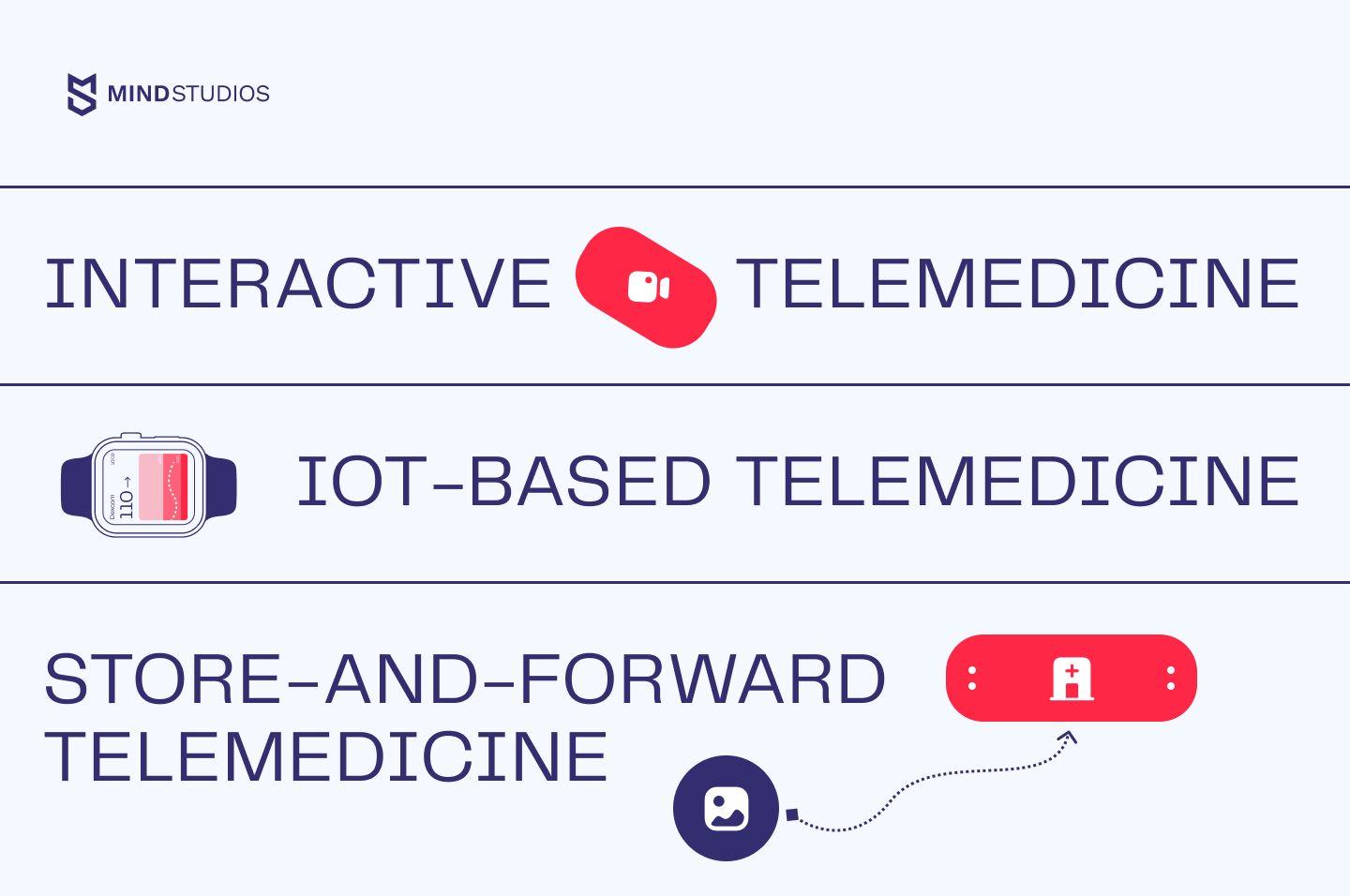
If you decide to make a telemedicine website or app, you need to decide what services you’re able to provide remotely. Depending on the niche your clinic works in and the permissions you have, there are different types of telehealth services you can provide.
Interactive telemedicine
Interactive telemedicine is the type that first comes to mind when telemedicine is mentioned. This is the type that includes phone and video calls for consultation. It’s mostly used in situations where no close contact is immediately necessary:
- Follow-up consultations after the patient is released from the hospital
- Mental health therapy and neuropsychology
- Pharmaceutical advice
- Remote nursing consultations
- Monitoring post-injury rehabilitation process
An option to call a medical specialist to visit a patient at home can also be part of an interactive telehealth app.
IoT-based telemedicine
Internet-of-Things is an industry of smart devices widely used in a number of ways, including the medical field — for remote patient monitoring.
Special devices can be used for measuring heart rate, blood pressure, levels of sugar, and other clinical parameters. The obtained information can be either synced with an app automatically or added to the medical records manually by the patient, becoming available for the doctor. This allows doctors to keep track of any changes in patients suffering from chronic ailments.
Store-and-forward telemedicine
In dermatology and similar fields, it’s possible to use telehealth solutions without video conferencing tools. When a worrying development can be recorded on a photo or video and sent to a doctor, it’s then possible for them to analyze it without the patient’s visit. This makes services easier to perform for doctors (as it can be done without a personal visit) and cheaper for patients.
What technologies underlie telemedicine applications?
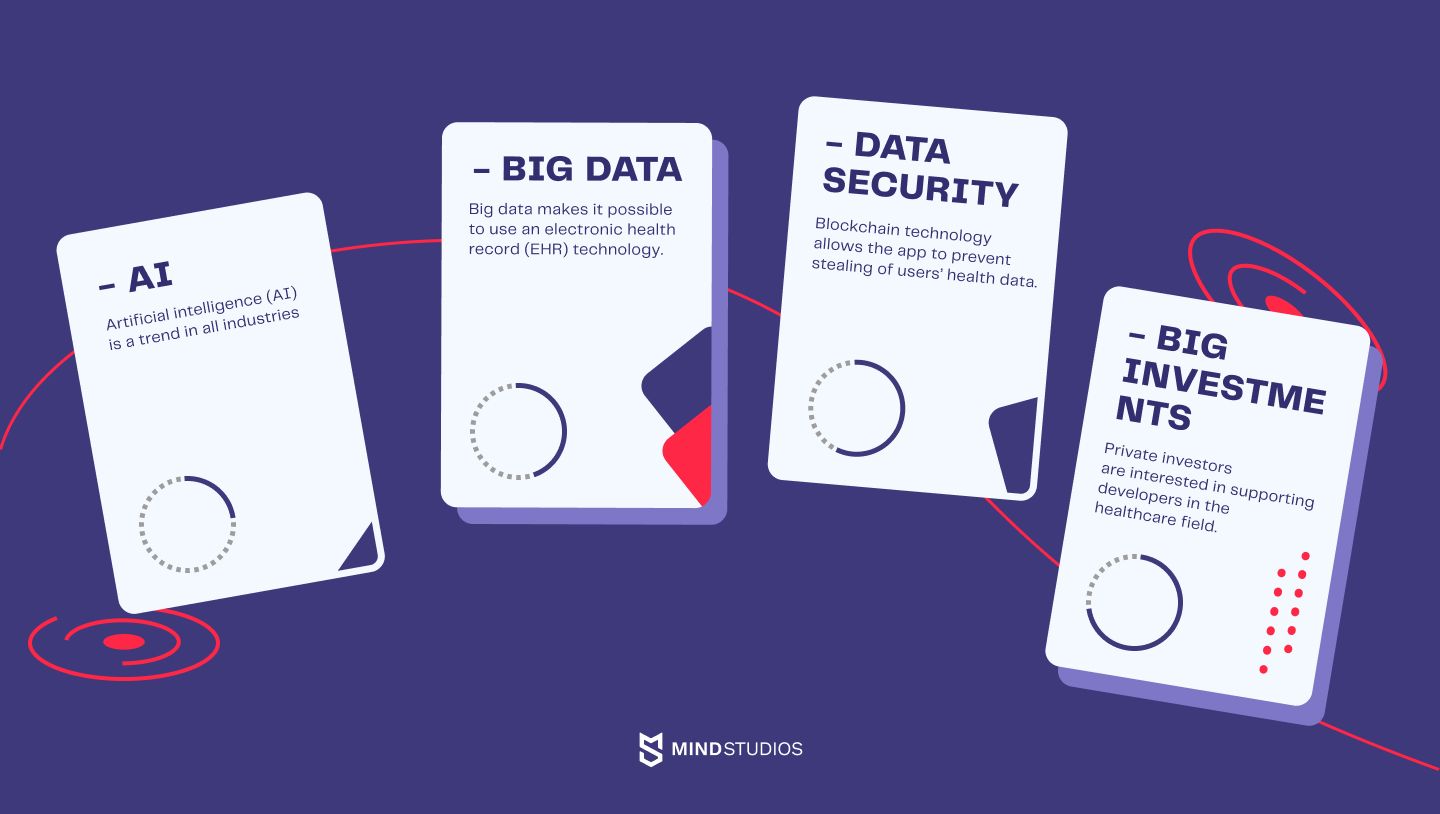
According to Zion Market Research, global telemedicine market revenue will grow to $62.2 billion by 2025. For reference, revenue was only $18 billion in 2016. To be a part of the telehealth market and build a quality telemedicine app that will achieve success, you should research trends in telemedicine health management and try to address them in your product. Here are some of the trends we’re following at Mind Studios.
Artificial intelligence
Artificial intelligence (AI) is a trend in all industries because this technology allows developers to add new features and improve existing ones. Telemedicine uses natural language processing, speech recognition technology, chatbots, and machine learning platforms. There are many other healthcare use cases for machine learning where it really has value. These technologies help developers to create chatbots that can learn and can substitute for a real doctor when a patient needs superficial emergency help and there are no doctors online.
Big data
Telemedicine apps collect lots of information, and big data makes it possible to use an electronic health record (EHR) technology. This technology allows a program to gather and analyze a user’s health data and transform it into a readable form. EHR technology also helps doctors to receive more information about patient health and make more accurate diagnoses. Additionally, electronic records prevent loss of health data because cloud storage is more secure than paper records.
Data security
The blockchain is the next trend in telemedicine: data security is important in the telemedicine industry since health data is constantly moving between patients and doctors. Data decentralization helps to decrease the chances of unauthorized alteration of patient information. Using blockchain technology allows your application to prevent stealing of users’ health data.
Big investments
Telemedicine is one of the fastest-evolving healthcare fields. This field has huge demand today. For this reason, there are many possibilities to get investment and add more functionality to your product. The United States government has passed laws to aid the development of telemedicine apps, and private investors are interested in supporting developers in the healthcare field.
Core telemedicine app features
Telehealth apps must have useful features to be relevant. To be a quality alternative to a physician visit, a telemedicine app needs to have functionality that can substitute a doctor’s in-person examination. Let’s have a look at the most important features of a telemedicine app.
Registration
Since medical information is considered highly sensitive in most countries around the world, when it comes to telehealth app development, you will most likely need a registration feature. Registered users can store their health data in their profiles, schedule and hold online meetings with their doctors, and pay for them with saved credentials.
On the other hand, you might keep an option of a guest visit for first-time users — this way, patients will be able to check out your service before committing.
Profile management
Profile management is a necessary feature when you build a telemedicine app as it will be the center of all user’s medical information: examination results, consultation outtakes from doctors, prescriptions, and more.
Electronic health records
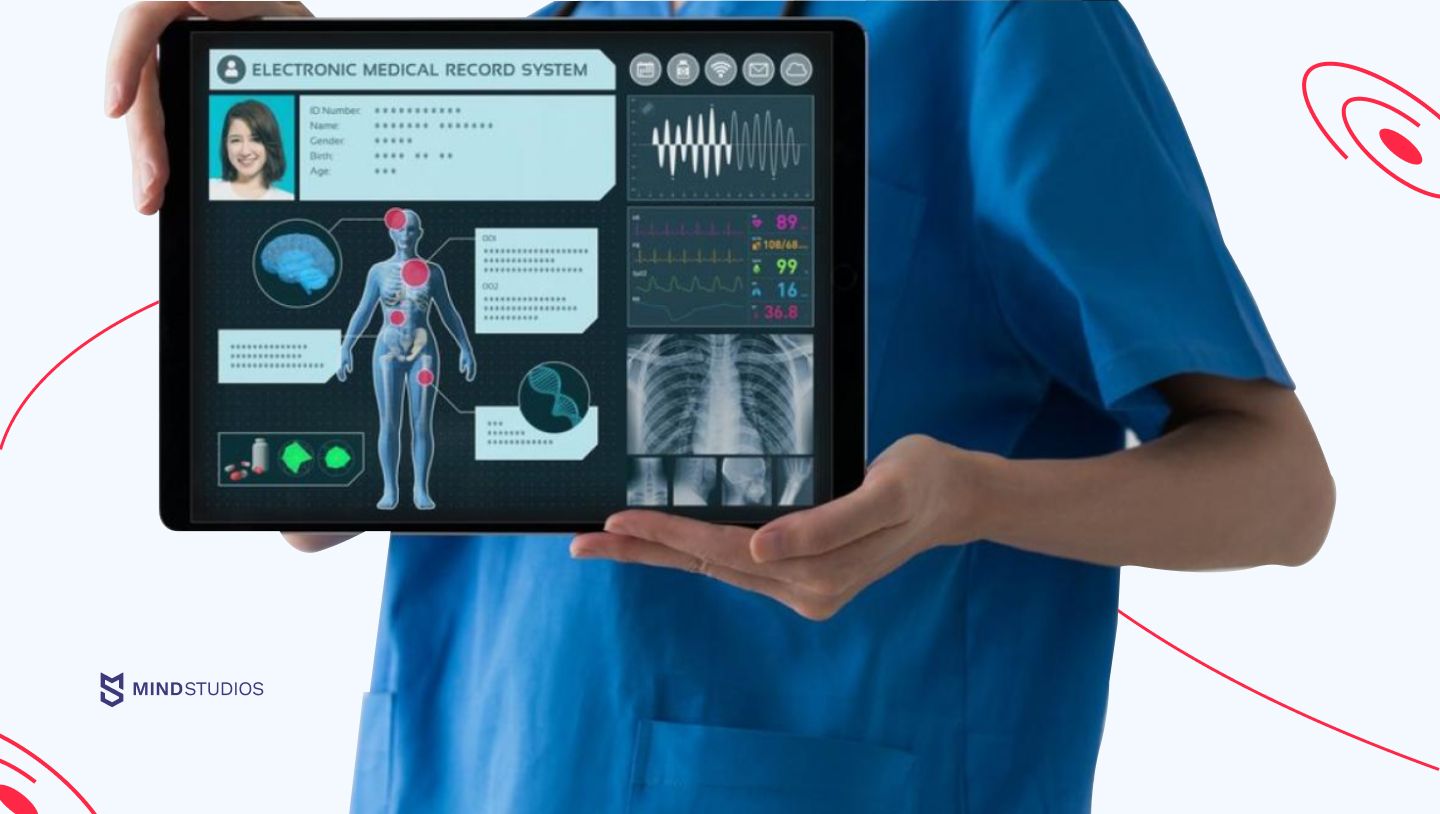
EHR is a necessary system for a telehealth solution. This is the health data of a patient their doctor needs access to. If you’re a medical practice owner and have an EHR implemented already, you’ll need to integrate the data into the new platform for both patients’ and doctors’ seamless experience. If you don’t have a system like that yet, you can either use a third-party EHR system or request your development company to build one from scratch.
Chat
There are cases when patients don’t necessarily need to speak to the doctor live to update them or ask for advice. In these cases, a chat is a useful feature as it doesn’t require patients to schedule an appointment. With chat, patients can leave their messages for their doctor to answer later.
Another option for the chat is a chatbot — with the use of AI, it can answer simple questions or help patients navigate the app or book an appointment.
Medication advice
Patients often don’t know enough about medications prescribed by a doctor. It’s uncomfortable to visit your doctor again to ask questions. On the other hand, if you have a telemedicine app you can find an available doctor, send a photo of your medication, and receive an answer to your question.
Prescription management
Renewing a prescription is a constant problem for people who suffer from chronic ailments. Indeed, it’s a constant reason for visiting a doctor’s office and waiting in line. With telemedicine, patients can renew a prescription, receive a new prescription, and buy medications simply by connecting with a doctor via an app — all on the same day.
Photo-based consultations
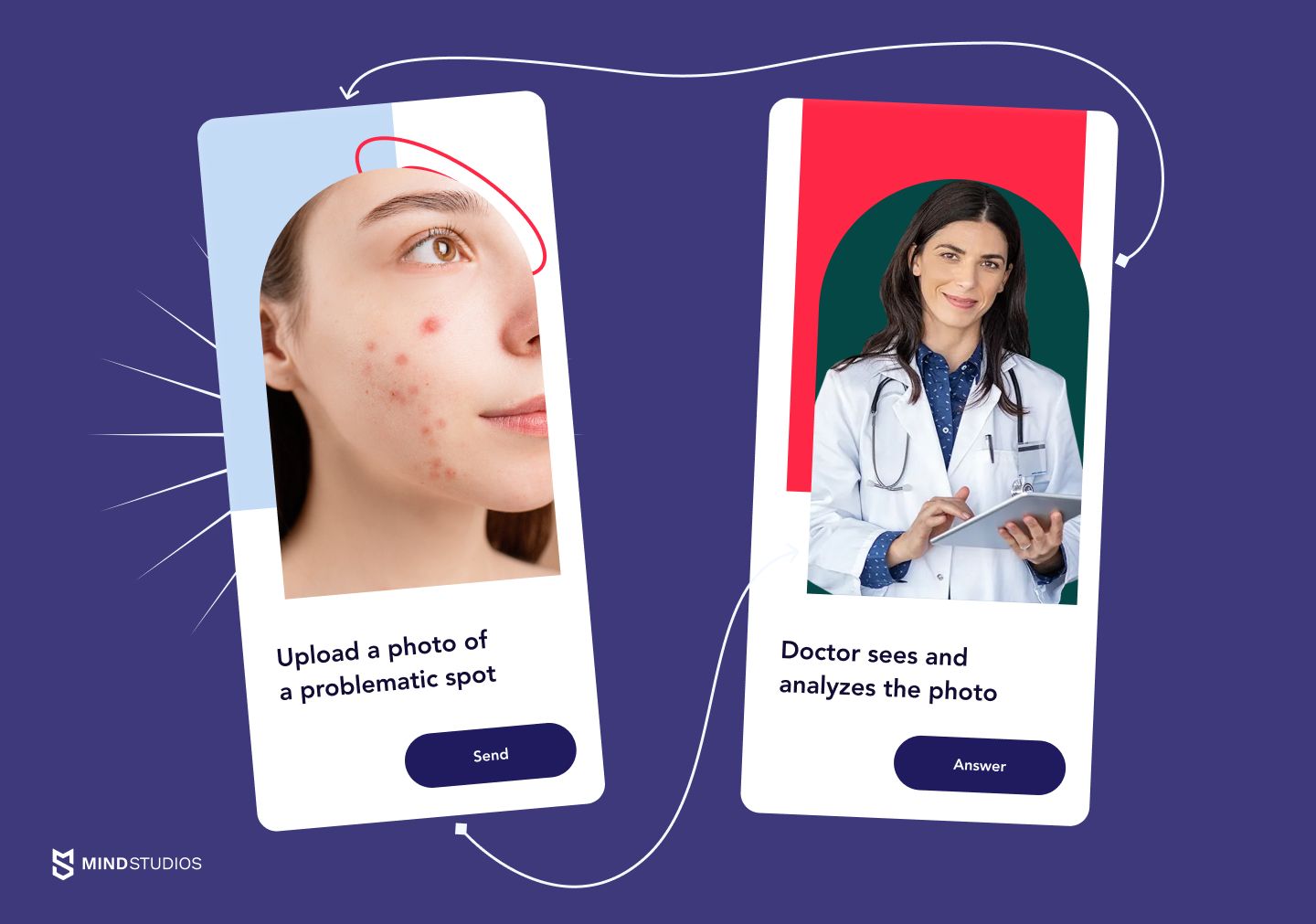
Doctors that specialize in skin diseases admit that they can make a diagnosis with only a few seconds of visual contact. For this reason, photo-based consultations can be very useful in telemedicine apps. A patient can take a picture of an affected region and send it to a doctor.
Real-time consultations
Online consultation is one of the main telemedicine software features. There are many ways to conduct real-time consultations including chat, video call, and audio call. A patient can choose symptoms and select a doctor based on their preferences. The doctor and patient can then choose an appointment time to start a consultation via audio or video call. Real-time consultations can be tricky to integrate but an experienced development company knows how to build a telemedicine app with video call functionality.
Calendar
Since we’re talking about appointments — albeit online ones — there needs to be a calendar for both patients and doctors. Doctors need to be able to manage their working time and patients need to be able to see and book free slots.
Notifications
Notifications are necessary to remind patients they have an appointment with a doctor coming up. In a mobile app, we recommend push notifications, and if your telemedicine platform is web-based, you’ll need to implement integration with the user’s calendar so that they receive notifications from there even when they’re not at their computer.
Voice recognition and text-to-speech
This feature is important to people with disabilities. Patients need to be able to interact with your platform even when they have poor eyesight or mobility issues. Letting users use voice to control the app might become the unique value proposition that will enamor your patients with your app.
How to develop a telemedicine app?
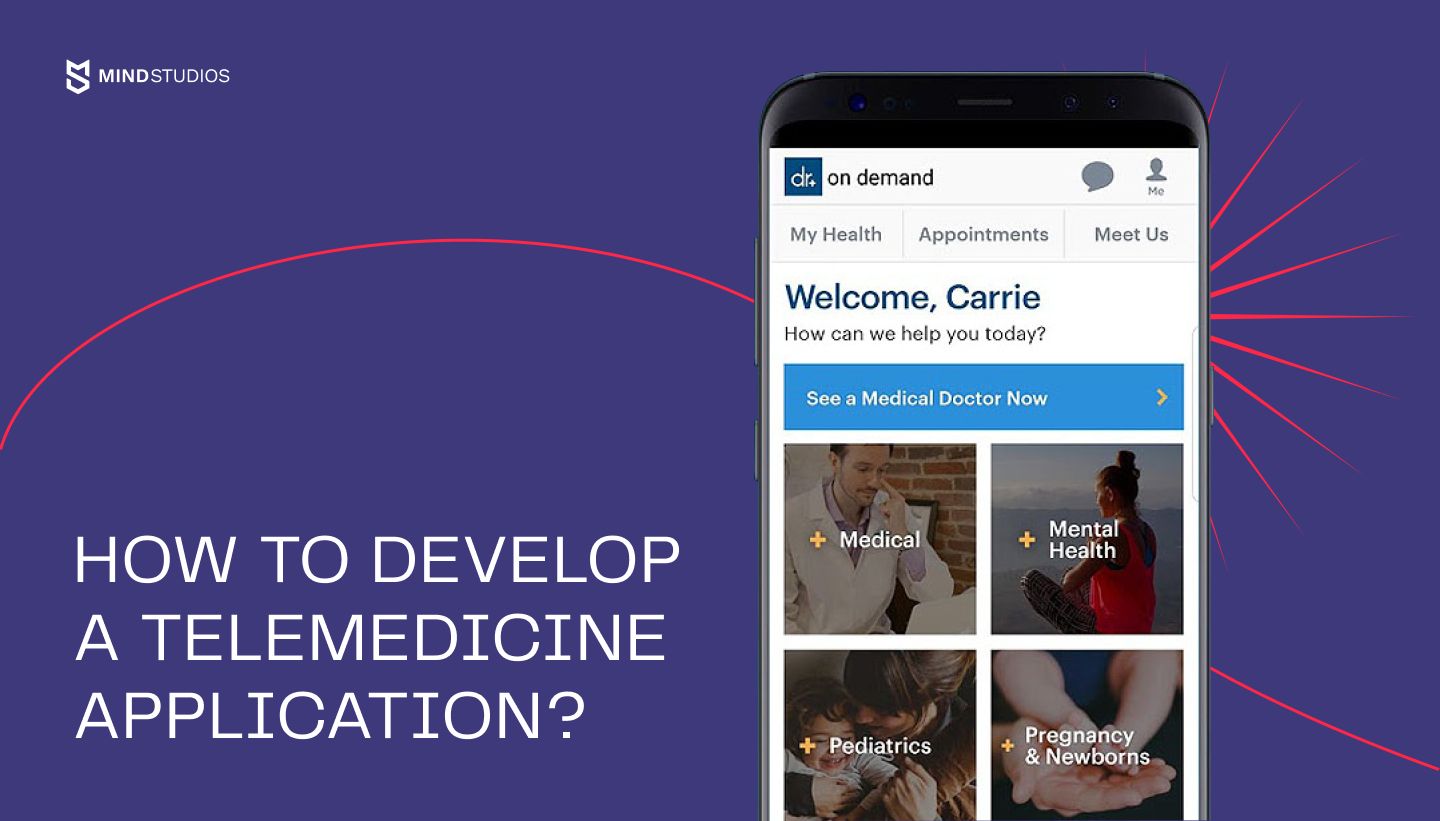
Telemedicine application development requires great responsibility because a telemedicine app directly influences people’s life and wellbeing. Are you wondering how to make a telemedicine app with video call, audio call, chat, photo-based, and real-time consultations? There are several important stages that let you understand how to create a telemedicine platform. Here are they:
- Evaluate the idea
- Business analysis
- Market and competitor research
- Unique value proposition
- Prototyping
- Testing and getting feedback
- MVP development
- Research marketing channels
- Know the law
Below, we go into further detail about each stage.
#1 Evaluate your idea
To create a useful application that will meet demand, developers should be well-informed. Evaluating your idea correctly can help you understand app functionality and market conditions. To confirm that your idea is viable, you must be able to answer why you want to develop an app and why you specifically want to develop a telemedicine app. Here are some steps to successfully evaluate your idea.
- Conduct business analysis
- Research the market and your competitors
- Define a unique value proposition
- Create a prototype, conduct testing, and get feedback
- Research marketing channels
#2 Business analysis
This stage allows you to determine the demand for your app and define your buyer persona, which will define your target audience. Business analysis should be the basis of your strategy. Your audience has problems, and your product solves those problems. Understanding who your customer is will also help you to promote your app effectively after launch.
#3 Market and competitor research
This is the stage of telemedicine software development when you discover market leaders — your potential competitors. Research their strengths and weaknesses, ratings, and user reviews. This will help you understand the ability of your app to compete. When researching market leaders, pay attention to their prices, platforms, and differences between their apps and your idea.
#4 Unique value proposition
Copies hardly ever leave the original behind. This is why your app must offer unique features to have an advantage over its competitors. When developing a telehealth app for consulting with a doctor, pay attention to these potential unique features:
- High-quality communication features
It’s important for a telemedicine app to have efficient communication functionality. An application for communicating with people must include a quality tool for communication. Seamless chat functionality helps doctors work with patients efficiently, and quality video conferencing features will make the user experience seamless. It will also ensure that the information the parties receive is what it is intended to be — you don’t want your doctors to misdiagnose someone because they didn’t see or hear the patient clearly. - Doctor and patient information
People like to know who they're consulting with, and people don’t trust doctors just because they’re called doctors. A telemedicine app can show information about qualifications, rates, number of previous patients, and patient reviews. Doctors can see a patient’s electronic health record to understand their problems and quickly find solutions.
#5 Prototyping
There are several prototypes of different complexity in the process of telemedicine app development. They are all necessary to ensure that everything in the app is what it should be. A navigation concept, for example, is a sketch of the functionality created to ensure the mutual understanding between the client and the developers. Then gradually, the UI/UX designers add more and more details to the new prototypes, to the point where you see a fully fleshed-out app.
#6 Testing and getting feedback
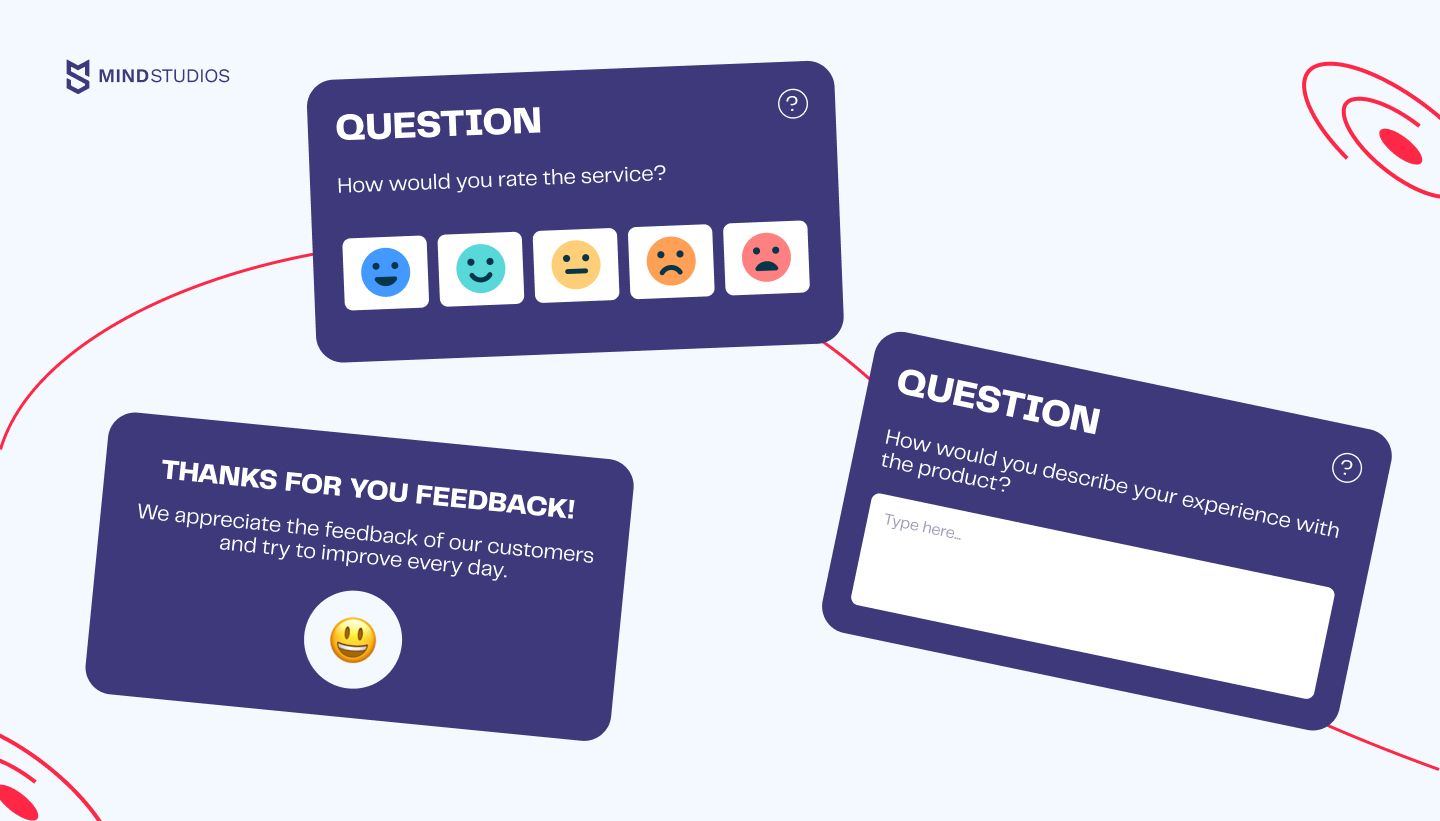
Testing is vital for app development, especially in markets with high competition like telemedicine. You need to test everything — the design, features, marketing channels, monetization — before you launch your app for the users to access.
Testing is usually performed first by quality assurance engineers and then by a test group of users. After each test, the developers analyze the feedback, make changes and improvements, and fix bugs.
#7 MVP development
A minimum viable product is a version of your telemedicine app that has the bare-bones of functionality but is enough for a limited launch. Usually, it has the absolutely necessary features and a unique value proposition, with barely any UI design. At Mind Studios, we usually opt for an MLP — minimum lovable product — where apps also have refined design and quality user experience. This is important if you want to retain users.
The main goal of an MVP in telemedicine software development is to gather genuine user feedback and conduct the final test of the idea itself. An MVP allows app owners to save money on future development — with more user feedback come fewer bug fixes and redesigns at later stages.
Best case scenario is, you’ll also be able to get early ROI from a quality MVP.
#8 Research marketing channels
This stage holds a lot of importance for post-launch telehealth app development. Besides advertising the app in your healthcare establishment, how can you make your audience know about your app and want to use it? This question is the main reason why you need to research marketing channels.
You need to know what social networks your audience uses, what information they search for online, and what days of the week and what times of the day they prefer using a smartphone and surfing the internet. Promote your app on channels where your target audience is concentrated to make the most profit.
#9 Know the law
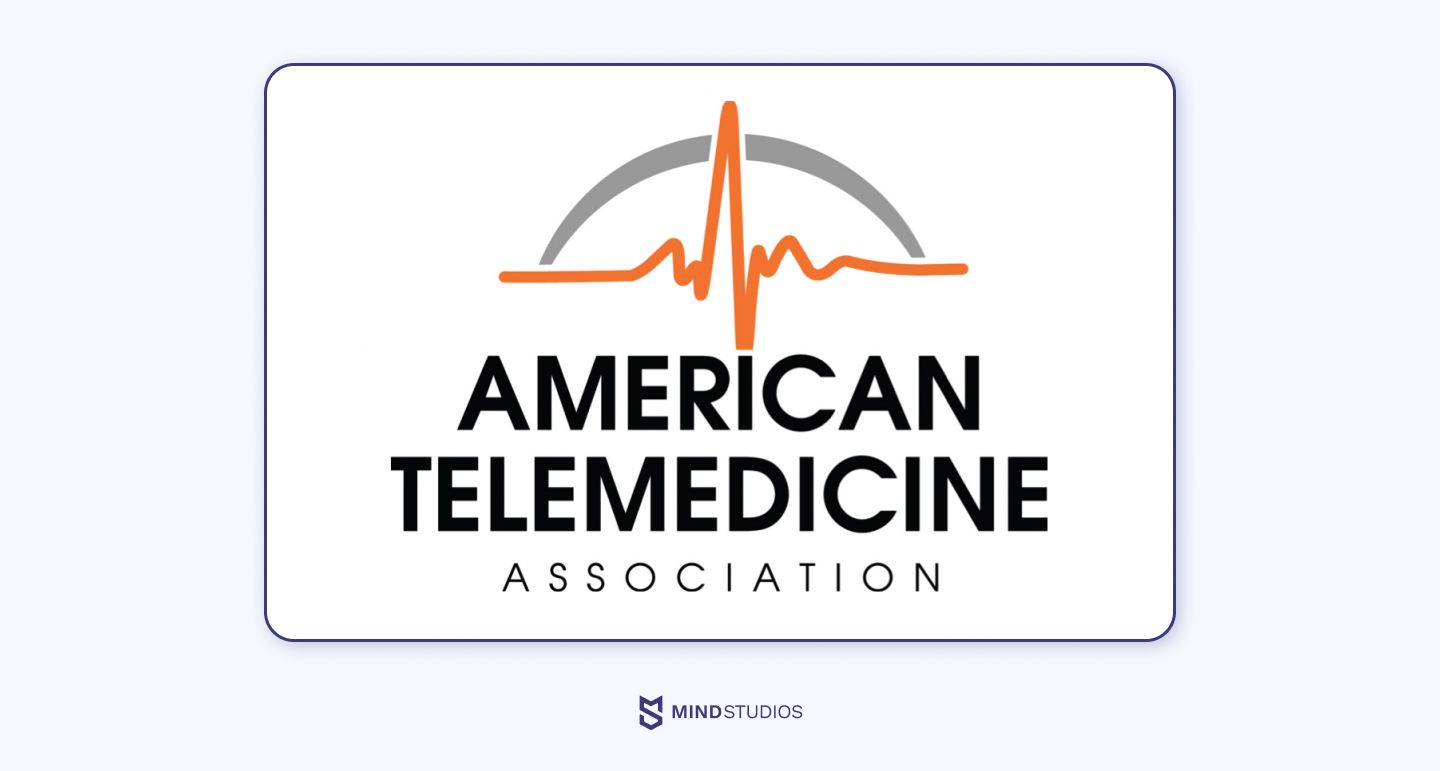
According to the American Telemedicine Association, telemedicine development is transforming the healthcare industry. There are many US laws that have been written to further the telemedicine industry. For example, the Medicare Access and CHIP Reauthorization Act of 2015 (MACRA) opens up possibilities to develop, improve, update, and expand telemedicine apps and implement this technology in clinical organizations and societies, patient advocacy organizations, educational institutions, and independent research organizations.
Before you launch your telehealth app, you need to thoroughly research the legislation in your country specifically on the topic of telemedicine regulations. This way, you’ll avoid a lot of possible clashes with the government bodies — clashes that can lead to high fines or even license suspension.
Telemedicine app development technical stack
Telemedicine platforms are rather complex solutions that require careful approach. When building a telehealth platform, you’ll need to pay close attention to several crucial parts:
- data security
- audio/video call quality
- adherence to local legislation
And that’s besides the technology for all other features you’ll want to include.
Based on our knowledge and experience, we’ve gathered a rough list of technology for telehealth app development. Do keep in mind that depending on whether you’re building a web platform or a mobile app, and on what features exactly you decide to implement, the tech stack might change.
| Telemedicine app development tech stack | |
|---|---|
| Sign-up / sign-in | Facebook API, Google API |
| Chat | Twilio |
| Audio / video calls | WebRTC, RTMP |
| EHR | REST API, GraphQL | Payment functionality | Stripe, PayPal |
| Calendar | Google Calendar API |
| Notifications | Firebase SDK, APNs |
| Storage | Amazon S3, Google Cloud Storage | Backend | Ruby on Rails, Elixir/Phoenix, Node.js |
| Database | MySQL, PostgreSQL, MongoDB |
| Web app | JavaScript, HTML, CSS, Vue.js, React.js |
| iOS app | Swift |
| Android app | Kotlin, Java |
Telemedicine app UI/UX best practices
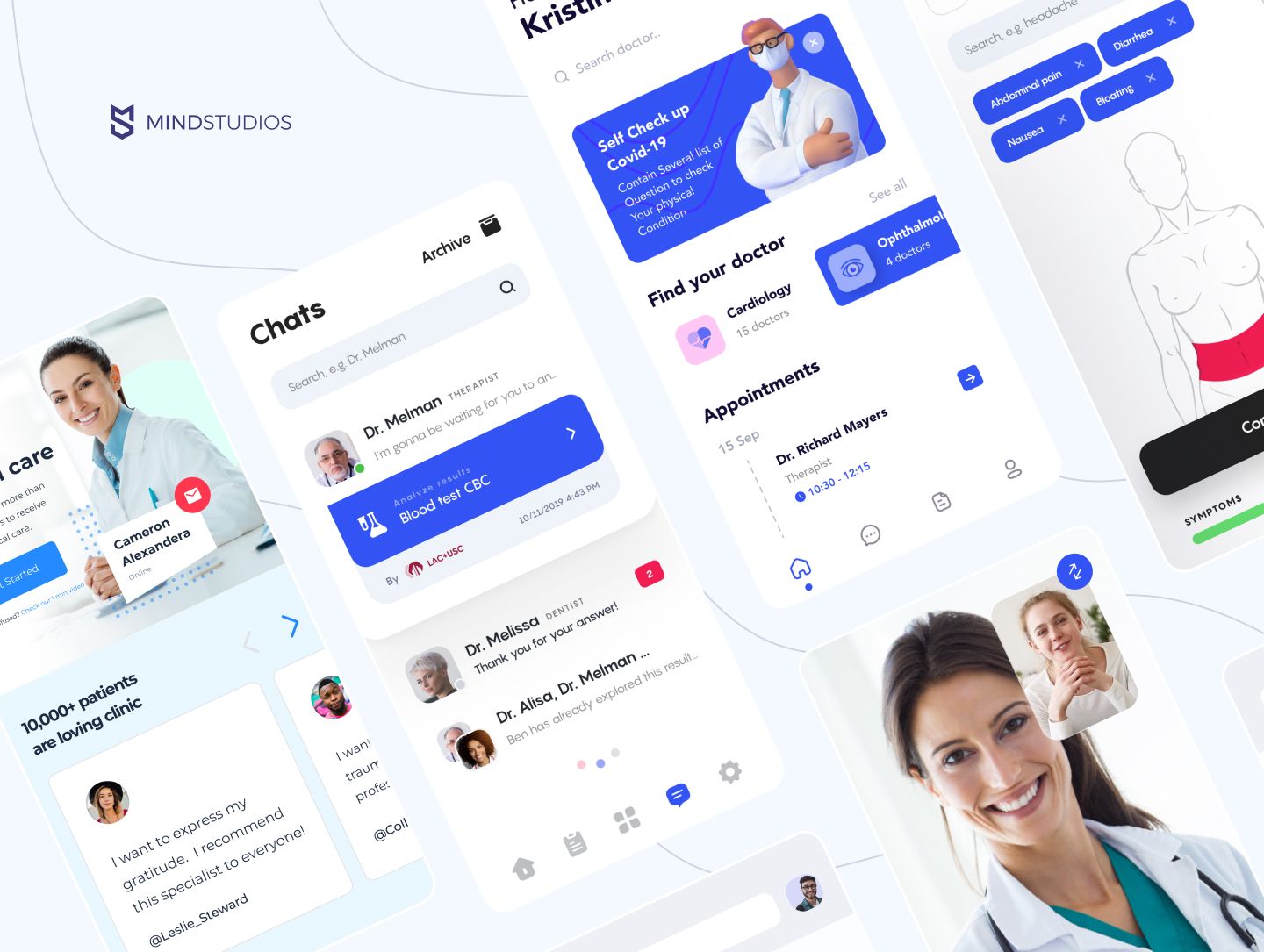
Telemedicine apps are so widespread mostly because of their convenience, so it makes sense when engaging in telehealth software development to pay extra attention to the user experience. Some advice we’ve gathered from our experienced UI/UX designers include the following.
Simple and intuitive design
Starting with onboarding, you need to make the use of your platform flaw easily for patients. While telemedicine platforms might be feature-rich and complex, the onboarding should be straightforward and, if possible, not too long.
After the onboarding, it’s important to design all links, buttons, and menus in a way for users to find and recognize them quickly.
Reduced data input from users
Patients aren’t always tech-savvy, so making them enter lots of data might result in medical errors. It’s better to upload as much data as possible from EHRs. If it’s not possible for some reason — your clinic has no EHR yet or the user is new to your establishment — we recommend implementing questionnaires with “choose an option” where it’s applicable.
Human-centric language
This principle is handy in all software, but for telehealth app development, it’s vital. People seeking doctors’ help can be distressed, or might be poorly acquainted with technology in general. It’s important for a telemedicine app to be easy to understand. By combining plain language instructions with simple visuals, you can help your users navigate the app smoothly.
Readable fonts
Another point in the simplicity list — to forego fancy typefaces and tiny text in favor of easy readability. Keep under two-three fonts max on your platform so that users navigate it faster and easier.
Customization
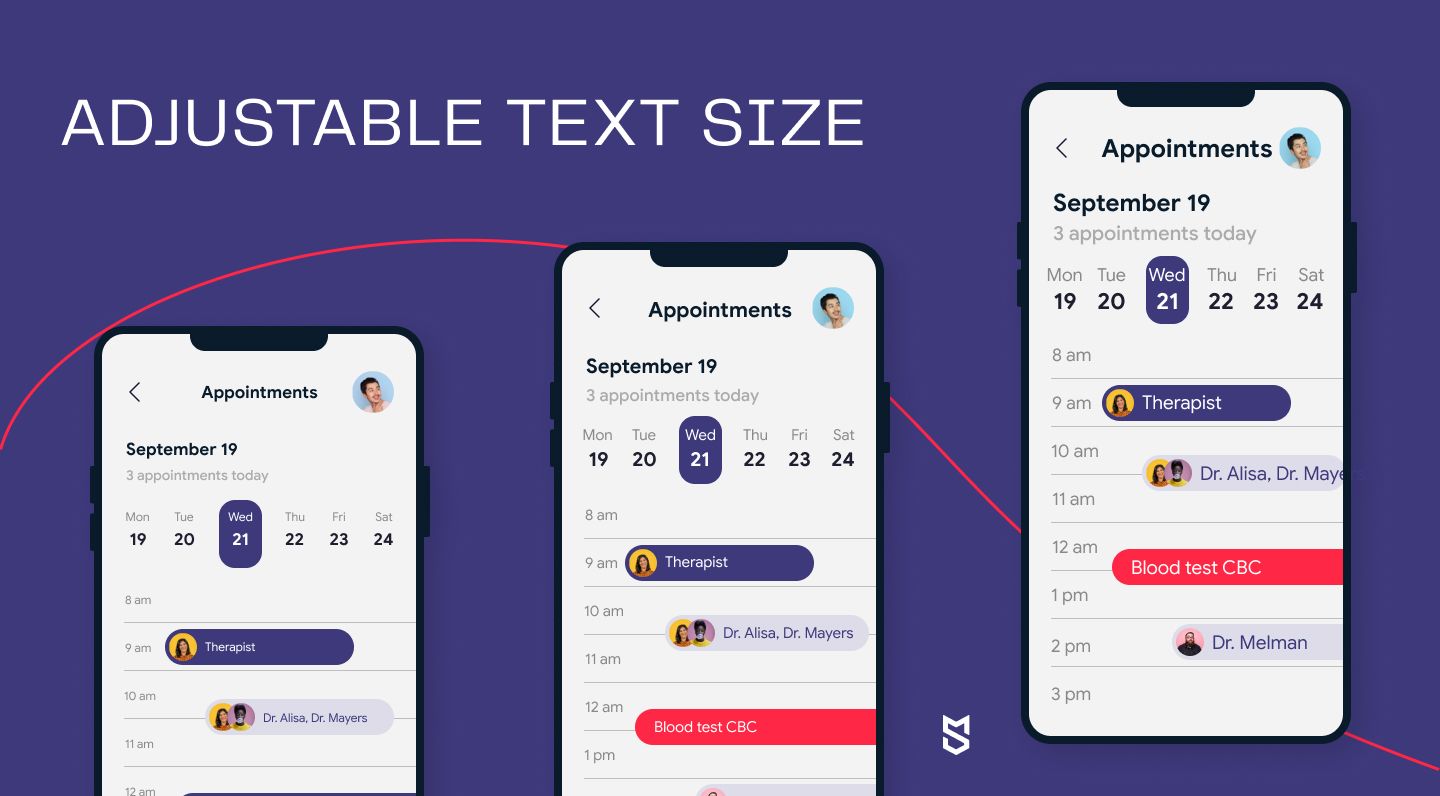
Here, we’re not really talking about some huge customization of your platform, of course — a telehealth app isn’t a place people visit to play with customization. However, we recommend a certain level of customization to be available for both patients and doctors.
For doctors, they might need to efficiently navigate between tasks, which might be varied. If they’re able to comfortably choose what they see on their home screen, their work might become that much easier.
For patients, on the other side, we recommend implementing accessibility features to accommodate their possible needs. The most straightforward practice in this department is the dark theme — or a selection of color solutions for people with visual impairments. For the same reason, consider making text sizes adjustable.
How much does it cost to develop a telemedicine app?
For our assessment, we’re assuming that we’re developing an app for choosing and consulting a doctor via chat, audio, and video call. There are three stages for which we will estimate development of telemedicine software cost.
Business analysis and design
The business analysis and design stages are necessary because they identify a direction for further telehealth app development. Business analysts should research features of your app that meet demand, the markets of your competitors, available vectors of development, and needs of your target audience. A designer needs to design the user interface (UI) and user experience (UX). This costs about $5,000 to $8,000 per month and lasts for one to two months.
Development and support
The main cost of developing your app will be telemedicine software development and support. To create a massive telemedicine consultation app, you should develop at least this minimum set of features.
Users need to be able to:
- Manage profiles
- Book and manage appointments
- Make payments
- View transactions and manage wallets
- Communicate with healthcare providers
- Take part in calls
- Contact the system administrator
Doctors should be able to:
- Manage profiles
- Manage appointments
- View system transactions and manage their personal wallets
- Initiate and take part in calls and messaging with patients
- Contact the system administrator
Building an app with all these features takes about 4 to 5.5 months and costs $113,000 and up for a complete package of iOS, Android, and web apps.
Here’s a roundup of all stages of development:
| Stage | Time, h | Cost, USD |
|---|---|---|
| Idea validation | 40–60 | 1800–2700 |
| Business analysis | 80–100 | 3600–4500 |
| Market research | 24–40 | 1080–1800 | Prototyping | 80–100 | 3600–4500 |
| UI/UX design | 140–180 | 6300–8100 |
| MVP development | 1440–2000 | 64,800–90,000 |
| Testing | 480–600 | 21,600–27,000 |
| Project management | 240–320 | 10,800–14,400 |
| TOTAL | 4–5.5 months | 113,580–153,000 |
Marketing
Marketing is usually an after-launch stage that involves promoting your app via inbound and outbound strategies. Market channel research can help you to make your marketing more effective. Marketing costs will heavily depend on your chosen marketing channels and strategy.
Mind Studios as your telemedicine app development partner
Mind Studios has been working with healthcare platforms for almost as long as the company existed. We’ve completed all kinds of healthcare projects, from veterinary knowledge base platforms to HIPAA-compliant services to connect patients with doctors.
We also have experience in building secure high-quality video call functionality, which is essential for any telemedicine platform. All in all, we have all the necessary expertise to create a telemedicine app of the highest quality.
Conclusion: Is it time to set up a telemedicine business?
Telemedicine startups are thriving and the telemedicine app industry is evolving. There are many opportunities to monetize telehealth and telemedicine apps thanks to the large demand. According to the American Telemedicine Association, more than half of US hospitals are already implementing telemedicine technology in their work processes.
It’s time to enter the market and create a telemedicine app. But before diving in, you should understand that business is a path with hidden rocks and reefs. You don’t need to move blindly by trial and error, though.
Take the first step toward your telehealth business and dive into the development of a telemedicine system with Mind Studios as your partner.

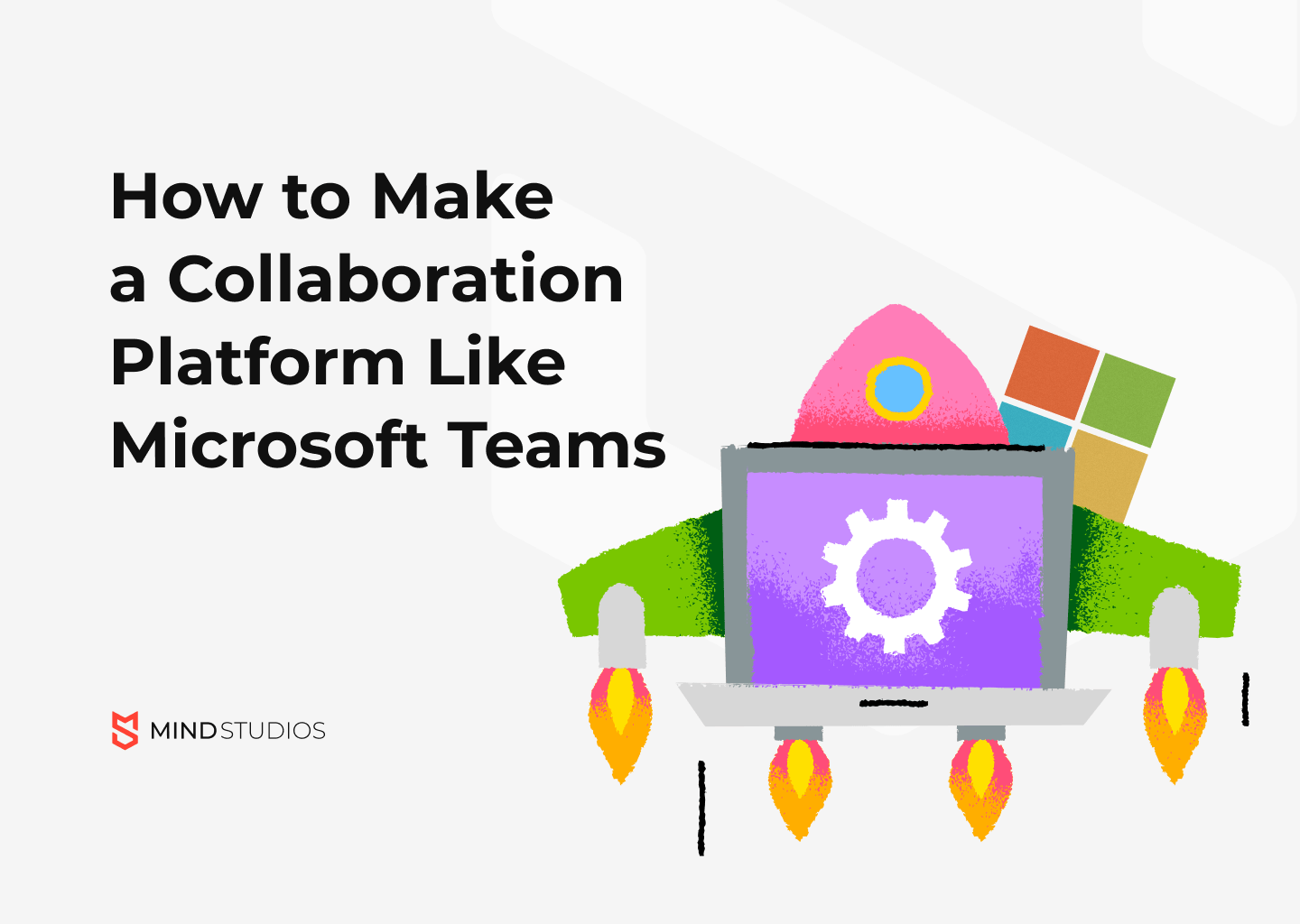
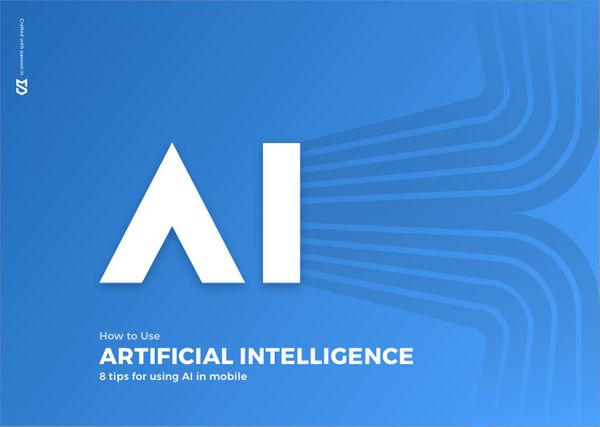
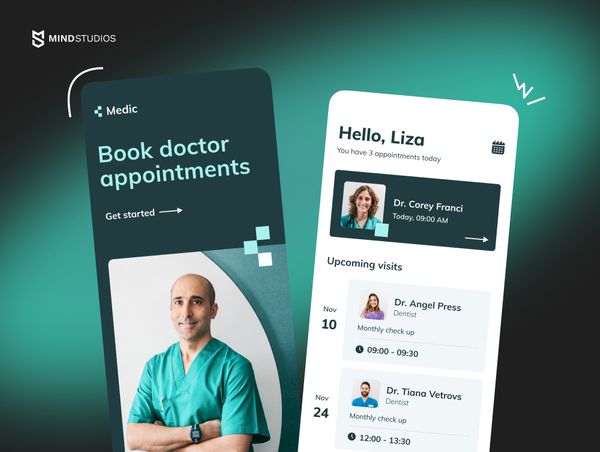
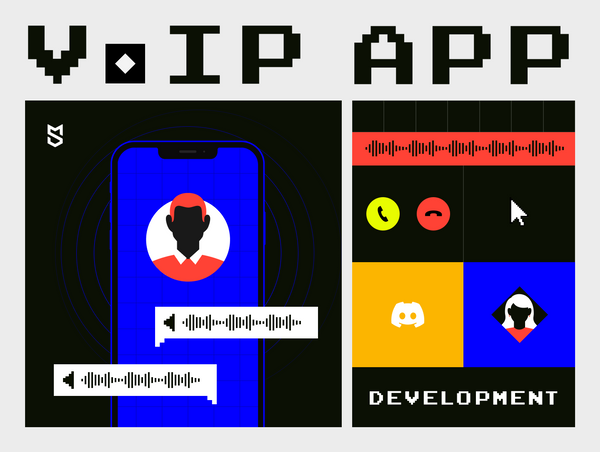

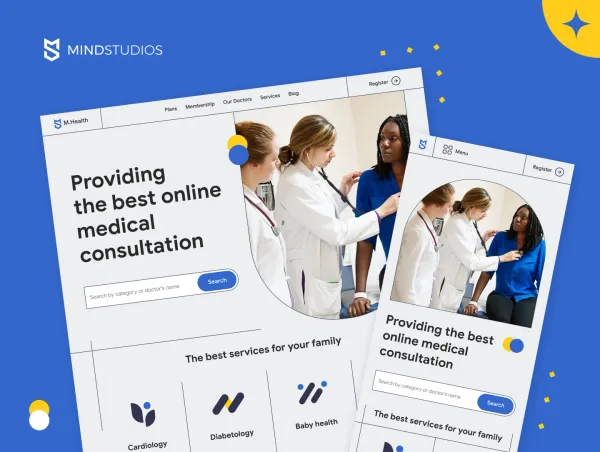
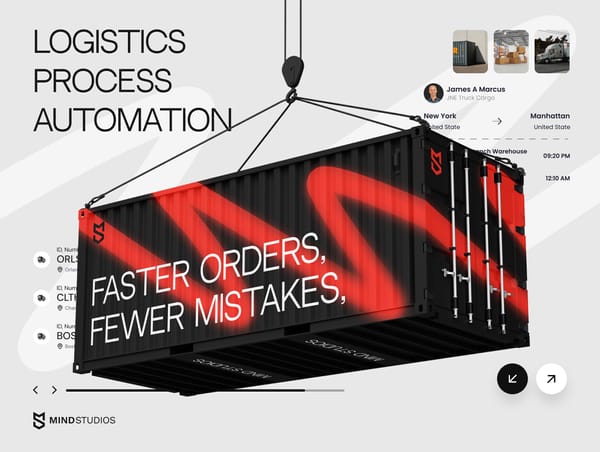
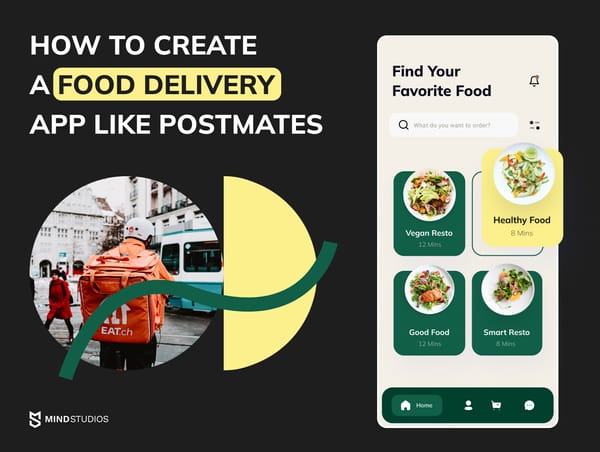
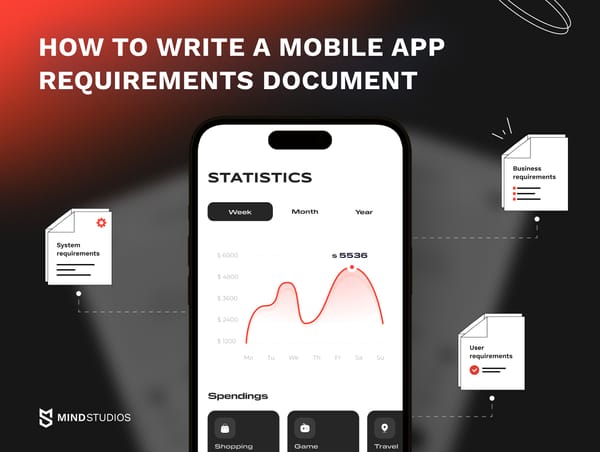
![How to Create an On-Demand Medicine Delivery App [Expert Guide]](https://themindstudios.com/blog/content/images/size/w600/2025/03/IMG-1-Cover-6.jpg)
